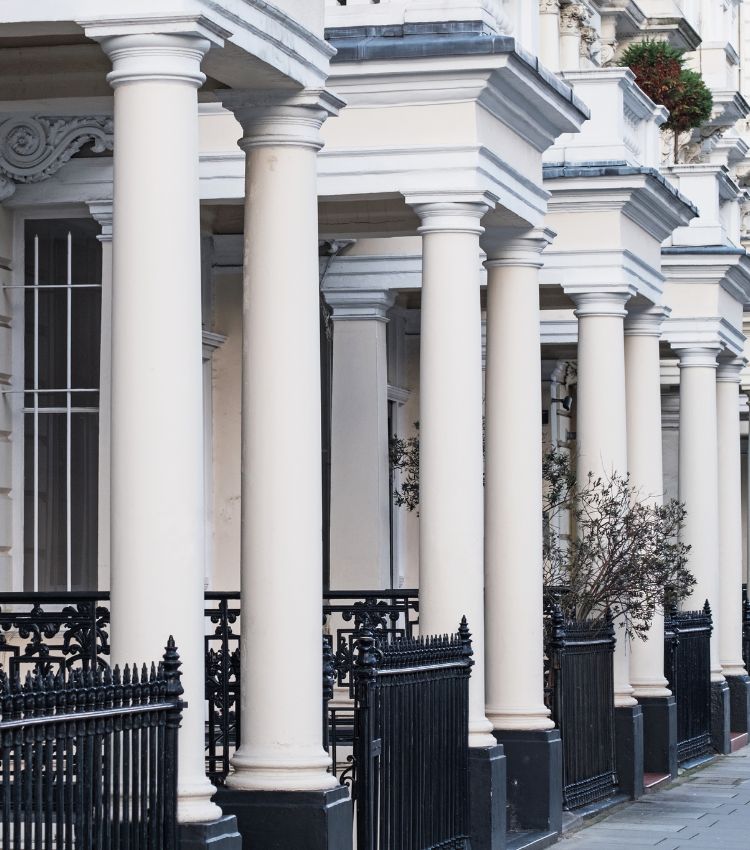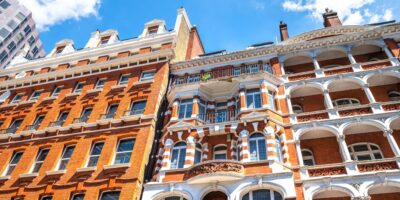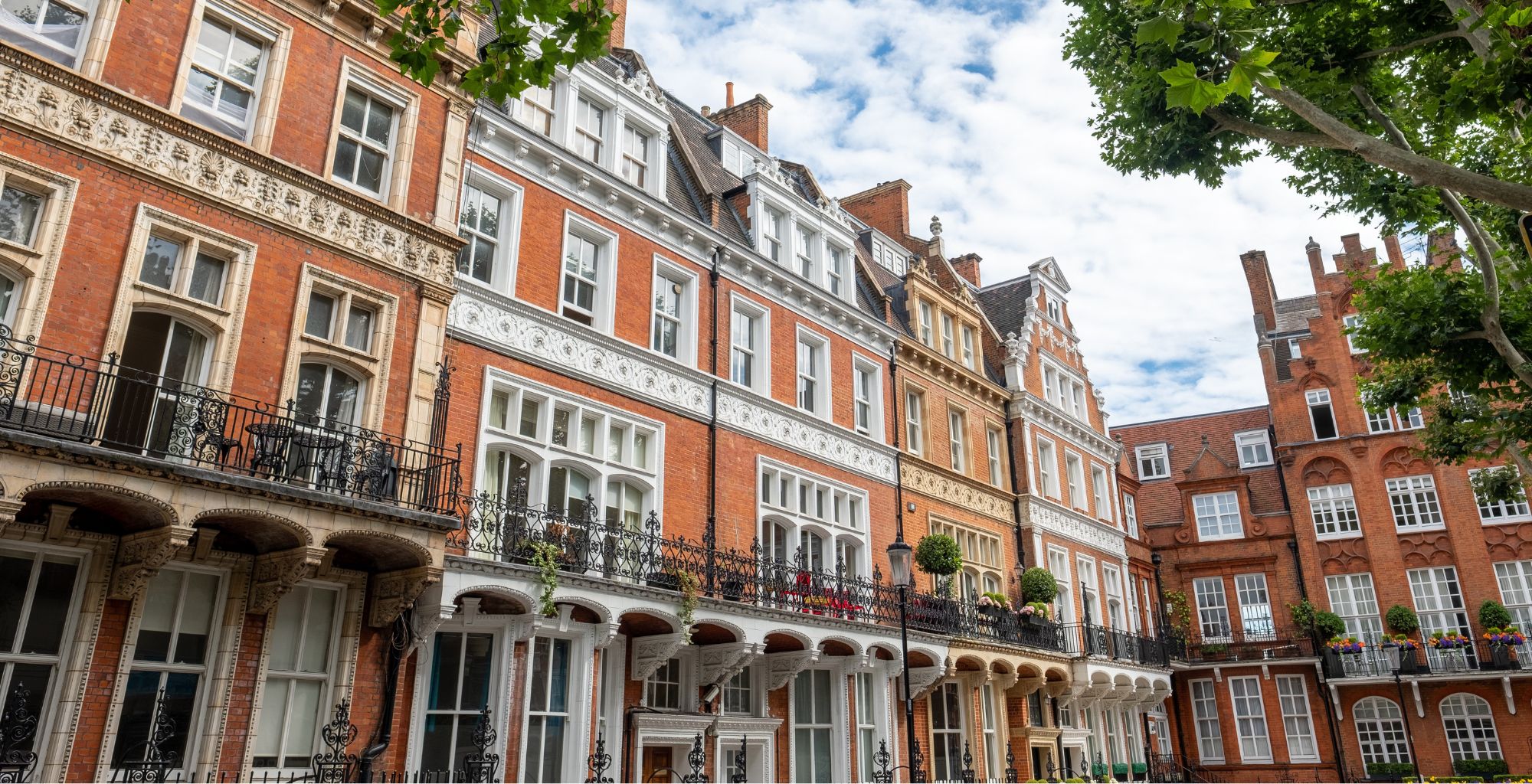
London Architecture: From Grandeur to Modern Mastery
London architecture tells the story of a city constantly evolving, and for homebuyers, each era offers a distinctive style and sense of place to discover.
Roman foundations, Tudor timber frames, Georgian terraces, Victorian mansion blocks, and contemporary glass towers often sit within the same line of sight.
Its mix of history and styles arguably makes London one of the most architecturally varied cities in the world.
Each era reflects a moment in its social and economic story, and to walk through its neighbourhoods is to trace how it has grown, rebuilt, and redefined itself.
For anyone buying in the capital’s prime areas, exploring the different styles of London architecture is a way of discovering the city’s varied character and neighbourhoods.
Here, we touch on some of the examples and how these properties appeal to discerning buyers.
The Middle Ages
Not much is known about or left of London architecture from the early Middle Ages, as much of it was ravaged by the Great Fire of London in 1666.
That said, there are some amazing surviving examples of early buildings (circa 1100), including St. Bartholomew the Great in Smithfield and the imposing Tower of London.
Tudor London
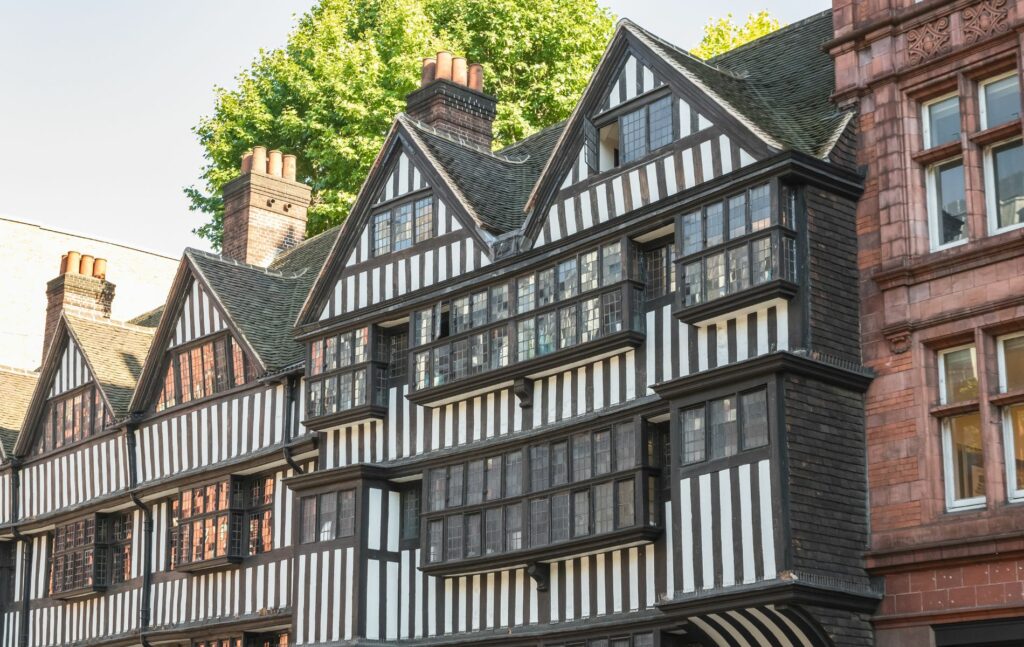
Tudor London (1485 -1603) saw the use of timber and wattle and daub construction, with overhanging upper storeys that almost touched above the street. Staple Inn in Holborn is one of the few remaining examples of this style.
In parts of the city, the street plan still follows the medieval pattern, where courtyards and alleyways reveal traces of a much earlier London.
When these very rare period properties do reach the market, they often appeal to home buyers with an appreciation for the tangible history within old walls.
London Architecture with Georgian Grandeur
The 18th century marked a turning point for London’s design and growth. Georgian architecture, defined by symmetry, proportion and clean lines, reflected an age of confidence and rising prosperity.
Brick façades, tall sash windows, and classical entrances came to be seen as a feature of new terraces for the middle classes in areas like Bloomsbury, Marylebone, and Spitalfields.
These three or four-storey developments created a new way of living: elegant homes set around London Garden Squares that offered calm within the city, satisfying wealthy buyers’ need for space and privacy.
These historic enclaves are widely regarded as among the city’s most desirable residences.
Mews houses and the London Great Estates
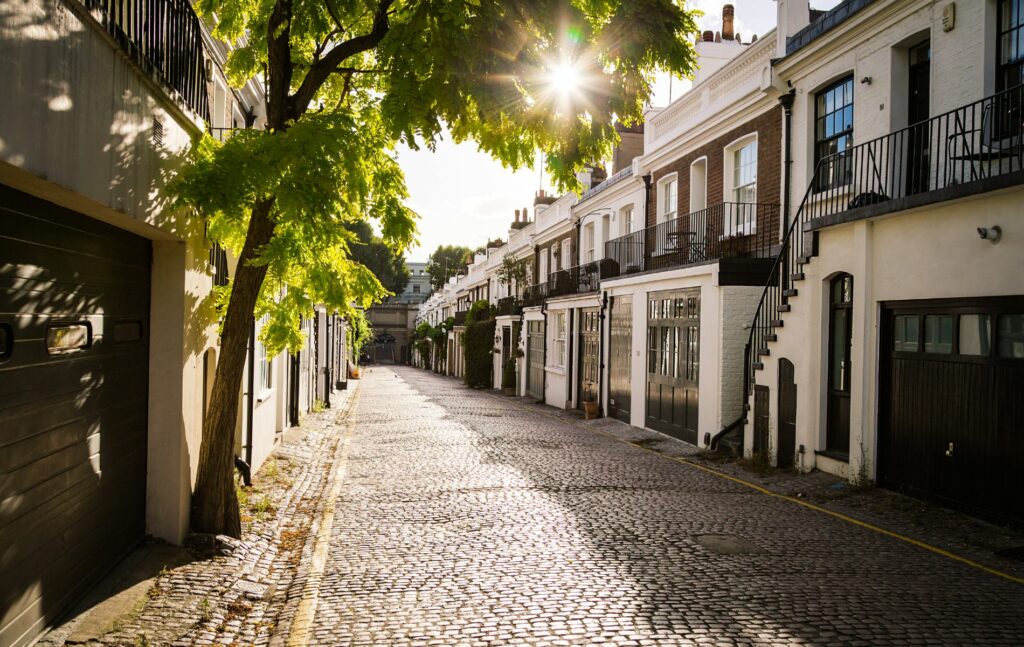
Mews houses were built as discreet service streets or courtyards behind grand homes, and were usually lined with stables and carriage houses, providing living quarters above for coachmen and stable staff.
The Georgian period also saw the development of several London Great Estates. Found within some of the city’s most prestigious districts, these were designed as private estates offering heritage and grandeur rarely matched elsewhere in London.
Georgian homes today are admired by many buyers for their balance, craftsmanship, and elegance.
Inside, many have been sensitively updated with modern comforts while still preserving original detailing.
Victorian expansion
The Victorian period (1837–1901) was a time of innovation and growth. Railways opened up new districts, making London more accessible for those in the suburbs.
And design-wise, the Victorian era introduced bolder, more decorative styles such as bay windows, ornamental brickwork, and intricate iron railings.
Areas such as Kensington, Camden, and Clapham grew rapidly, filling with terraces and mansion blocks that combined practical living with design flair.
The Victorian home became a symbol of stability and aspiration. Even now, these homes continue to be highly sought-after in the London property market, with their beautiful high ceilings, generous rooms, and period features easily adapting to modern life.
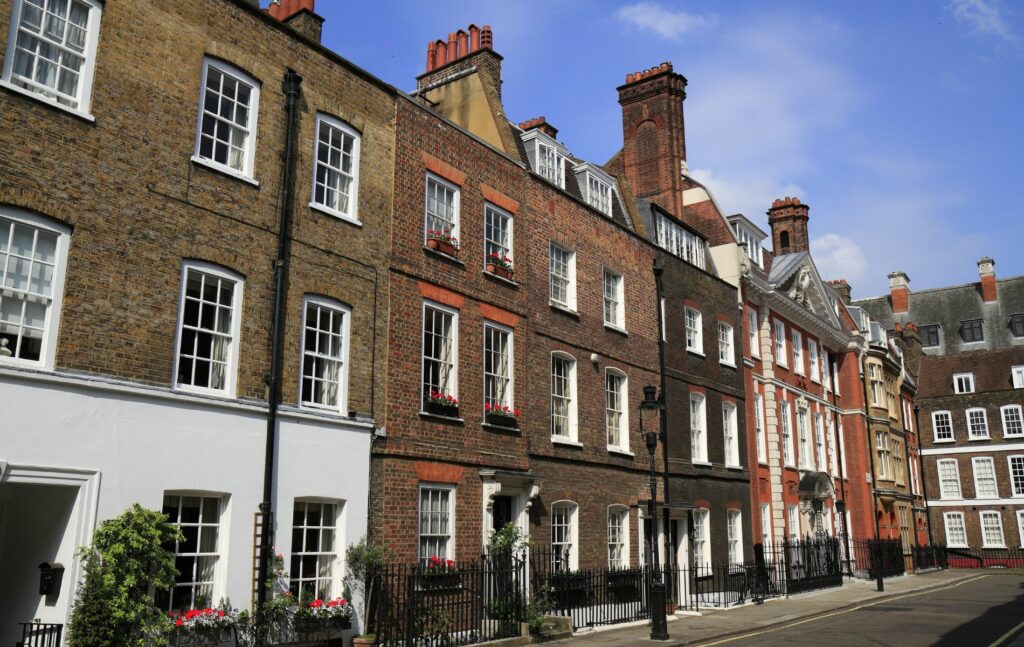
The Edwardian elegance of London Architecture
By the early 20th century, London’s suburbs were reshaping domestic life. There was a transition from dense Victorian housing to suburban ideals.
Edwardian builders favoured lighter façades, red brick with white detailing, decorative porches, and leaded glass.
Streets became wider, gardens larger, and layouts more open. Areas such as Muswell Hill, Hampstead Garden Suburb, and Wimbledon reflected this new ideal of homes surrounded by greenery but still within easy reach of the city.
Edwardian properties are consistently popular with homebuyers: they offer character, space, and modern usability. Many retain their original stained glass and tiled hallways, yet easily accommodate modern extensions and open-plan living.
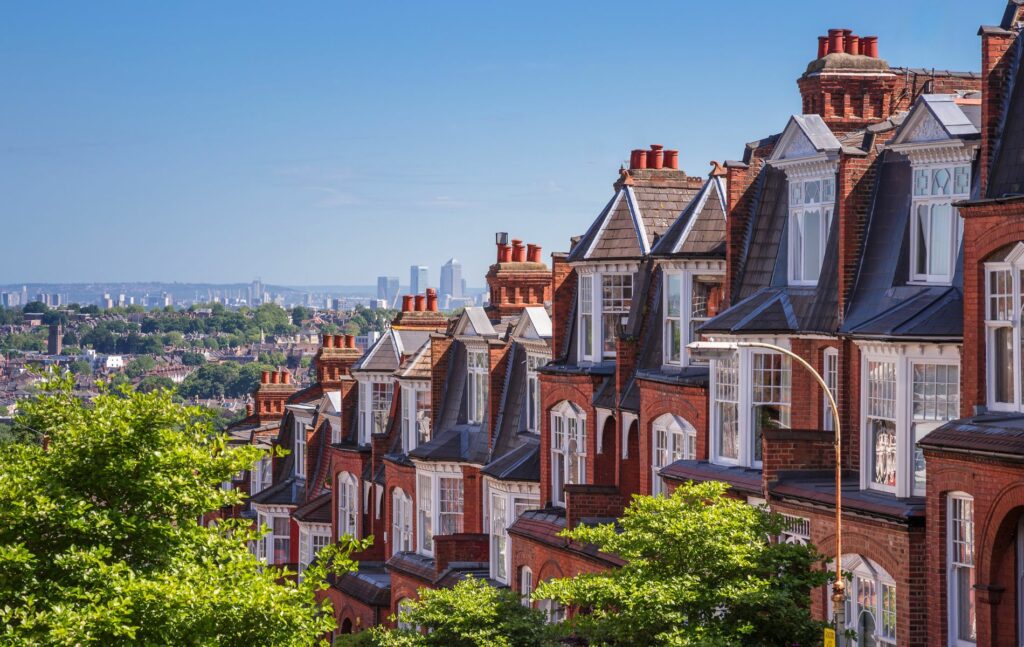
Interwar & Art Deco London
The years between the two World Wars brought modernity and optimism, with London embracing the striking Art Deco style of curved lines, geometric shapes, and smooth façades.
London landmarks such as Battersea Power Station and Senate House captured this new enthusiasm, while buildings in Hampstead and St John’s Wood showcased streamlined, modern living.
These homes now have a distinct following for their individuality and glamour, bridging the gap between period character and modern design.
Today, Art Deco homes attract a loyal following among property buyers who appreciate their craftsmanship and iconic individuality.
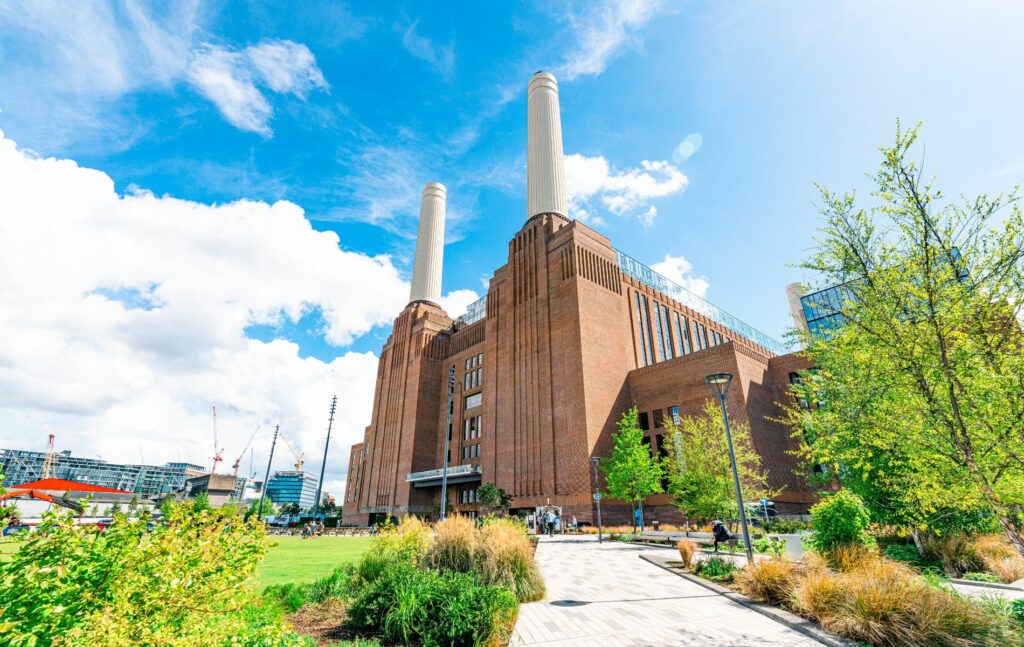
Post-war rebuilding and Brutalism
Much of London had to be rebuilt after the Second World War. This resulted in a wave of experimentation that produced some of the city’s most distinctive structures.
The Barbican Estate and the Southbank Centre are prime examples of Brutalism, a style that favoured raw concrete and bold geometry.
Nowadays, these types of buildings are appreciated as landmarks of design ambition and resilience, attracting interest among buyers drawn to their sense of identity and history.
Contemporary London Architecture
From the late 20th century onwards, London’s skyline continued to evolve. Imposing glass towers, repurposed industrial buildings, and sustainable architecture now sit comfortably among older landmarks.
The Shard, City Hall, and the King’s Cross redevelopment show just how modern London embraces innovation while still preserving its past, while regeneration projects such as Battersea Power Station have transformed disused heritage sites into bustling residential and commercial hubs.
For many homebuyers, contemporary design is associated with efficiency, modern technology, and a vibrant city lifestyle.
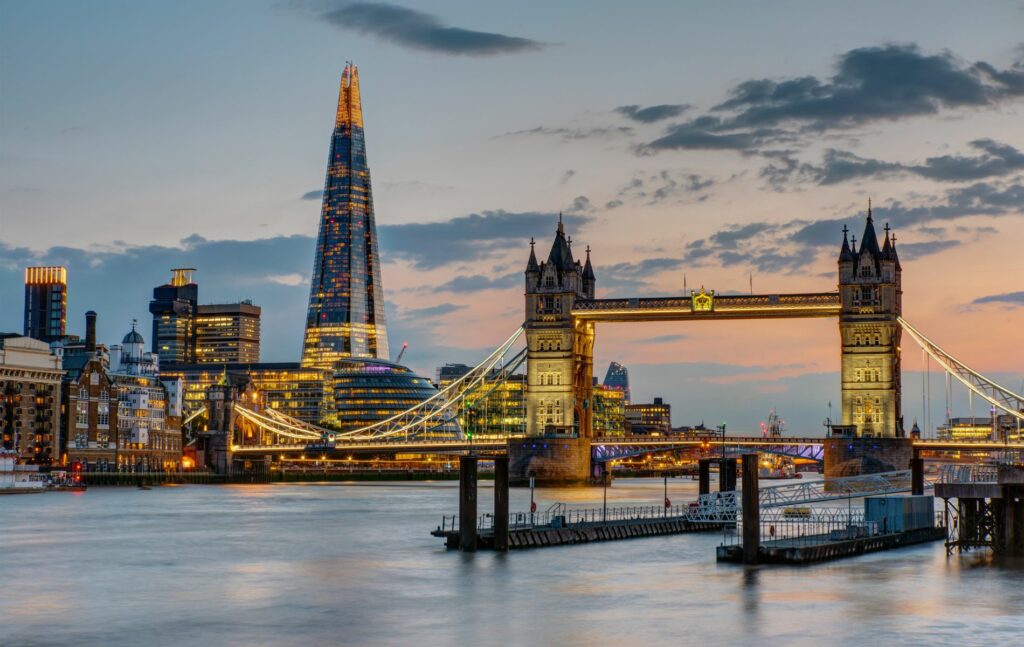
The patchwork effect
Few cities combine so many time periods as effortlessly as London. This patchwork reflects centuries of adaptation and reinvention, reflecting not just a change in styles but outside influences.
Each area subsequently has its own rhythm and identity, while there is still the wider sense of London as a city that continually redefines and reinvents itself.
Finding your home within London’s architectural story
Whether you are drawn to a Georgian townhouse in Marylebone, a Victorian mansion flat in Kensington, or a contemporary riverside apartment, at Garrington Property Finders London, we’ll help you find it.
With in-depth knowledge of London’s architectural heritage and neighbourhood markets, our London buying agents guide clients from search to completion, identifying the finest architectural opportunities while negotiating with insight and discretion.
Please contact us today to find out more.
